ChinaMapMay 06–12, 2006 A Korean Il-62 from Pyongyang left Stalin era airspace and landed in Beijing. The first feeling you get is — if this is communism, then I’m a Chinese pilot. 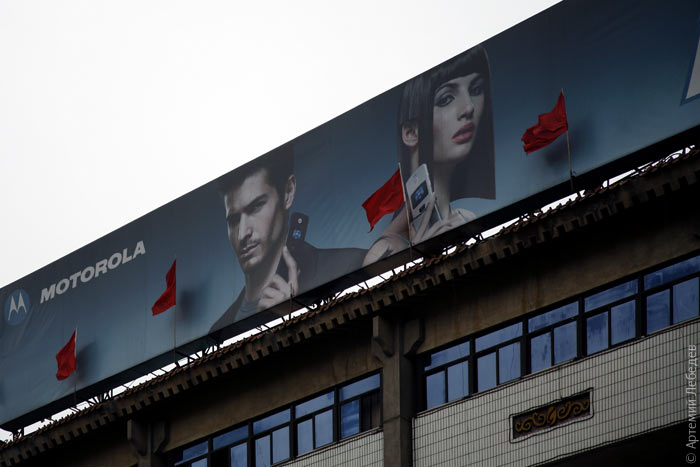 You couldn’t call China the West with a straight face, but they do have everything you could possibly need here. Especially in the big cities. 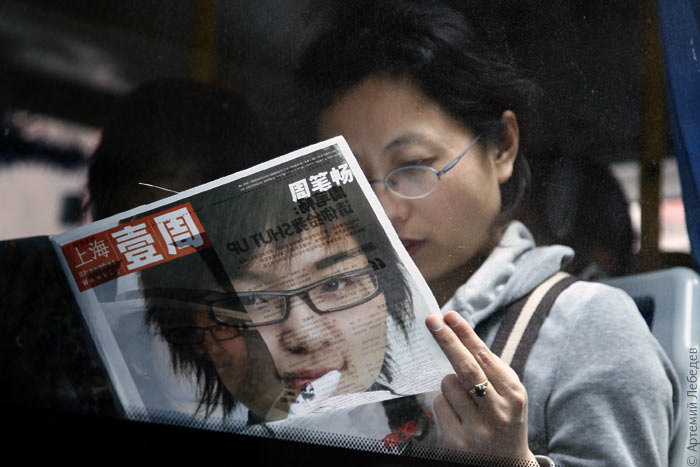 I liked China immediately and irrevocably. I haven’t been to the west of the country, nor have I gone to the villages — I definitely will one day.  BeijingMapBeijing seemed relatively uninteresting and dusty. 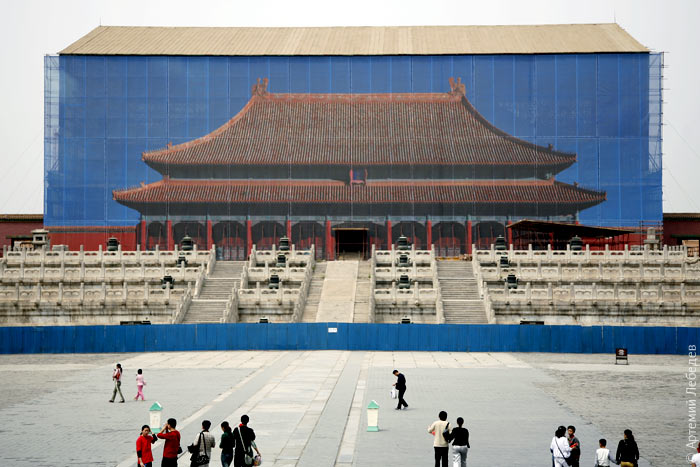 Whereas the Great Wall of China is all right. I visited a restored, circuitous, four kilometres-long section. This part of the great wall is more like a great staircase. Before the climb all of the Chinese people took photos in front of an obelisk inscribed with a proverb in Chinese characters: “if you go up the Great Wall of China, you’re a champ”. 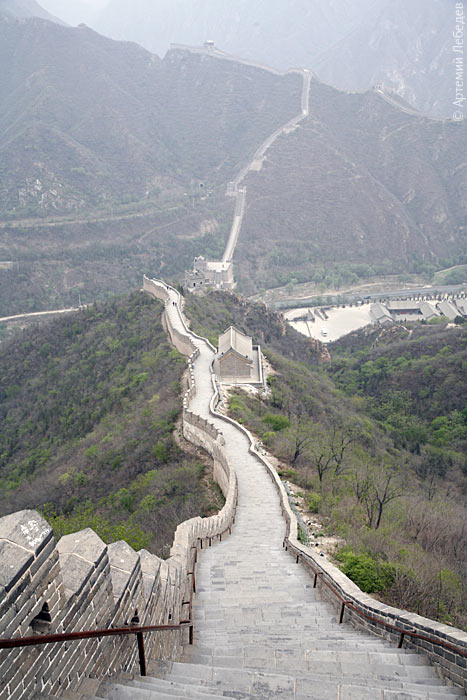 Very quickly your legs begin to feel like they’re going to fall off. I remembered that the wall was built to repel enemy attacks and decided to check whether there were any enemies about. There was just one person on the exterior side, he was picking up litter enemies dropped from atop the wall. 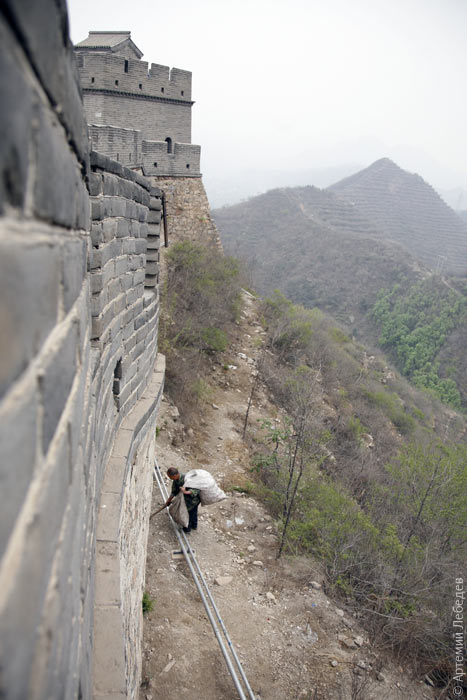 It turned out that all of the stones are very soft, that’s why the entire length of the wall is covered in writing. “Belov, Matskevich” — the words I’d seen at the start of the ascent swirled around in my head. There were few people atop the highest tower, as you would expect. Found a free spot among all the messages, took out my pen, and etched on something simple. 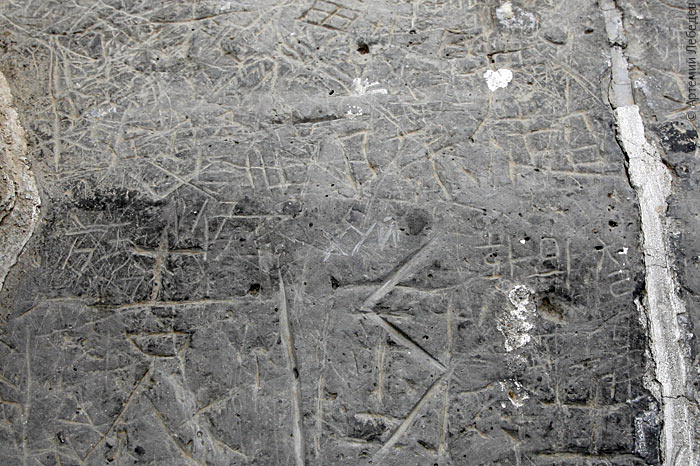 Dick I’m a champ. Xi’anMapNot far from the city there’s an army of terracotta warriors, buried here in the II century BC. All of them are life-size and dressed in full regalia. It was difficult to imagine the sheer size of this army based on pictures in magazines. It leaves a very powerful impression when you see it in real life. 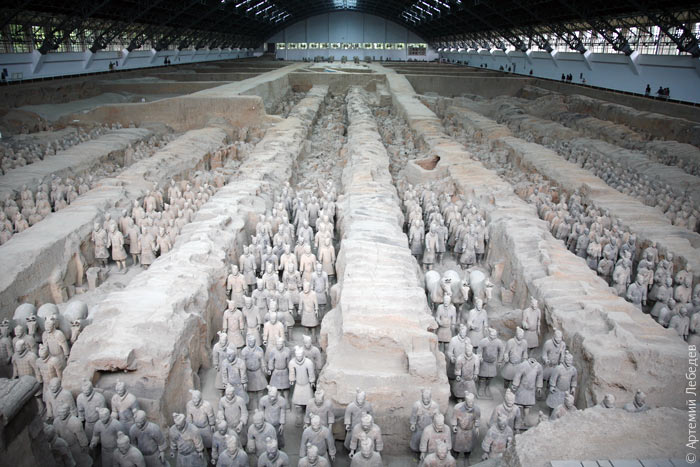 There are approximately 6 thousand-odd such warriors in Xi’an. Impossible to know how many more of them modern-day Chinese have made and installed in tourist hotspots. 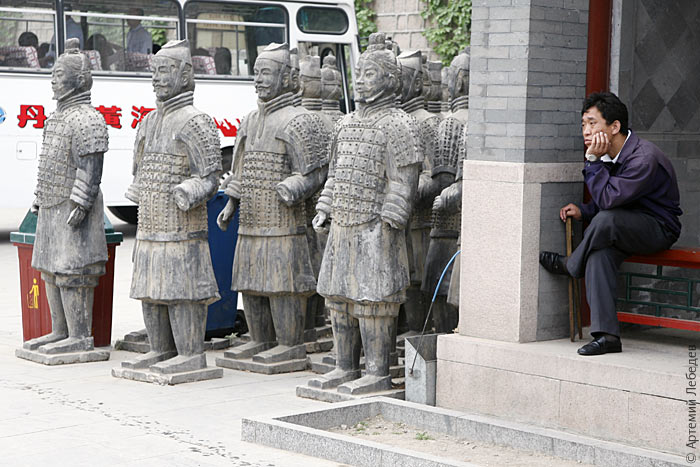 There’s also a well-preserved 14 kilometre-long section of the city walls. There’s isn’t much else apart from that. ShanghaiMapShanghai is totally mind-blowing. Moscow-city, a business district in Moscow, couldn’t hold a candle to it. 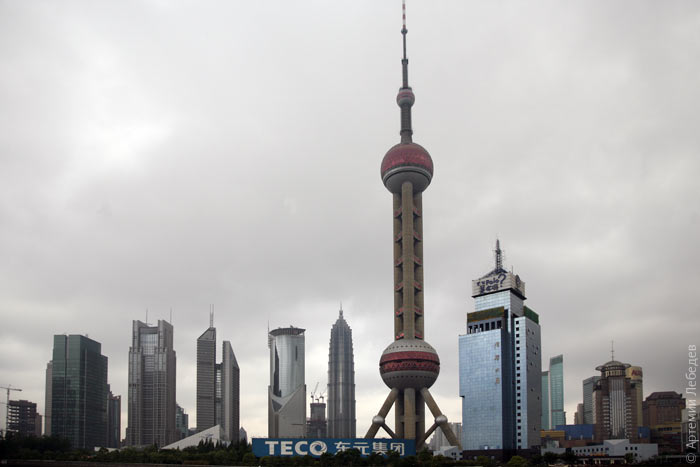 If this is communism, then I, of sound mind and disposing memory, declare that I am prepared to live under communism. 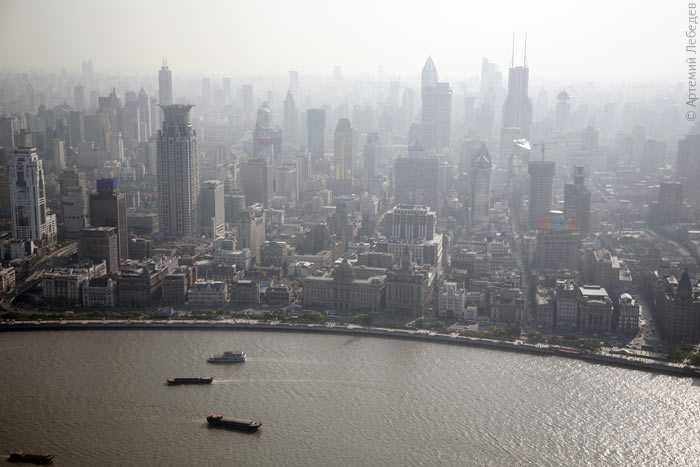 This is China’s tallest building, it’s called Jin Mao. An even taller building is being erected behind it. It’s being built very close by so that you can spit on Jin Mao from above. At least that’s what I would totally do if that taller building under construction belonged to me. 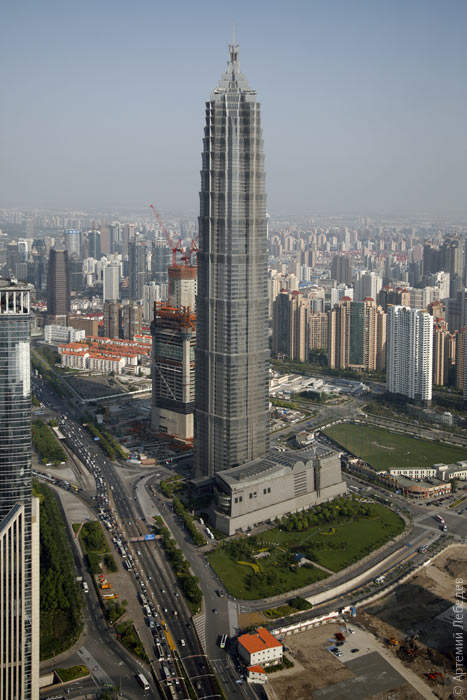 A hotel takes up the top forty (ballpark) floors of Jin Mao. There’s a bar below, at reception level. 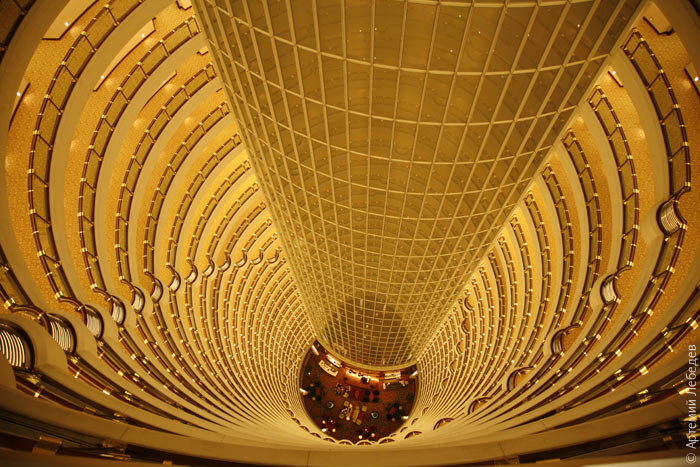 TV tower is too far away to spit at Jin Mao from. 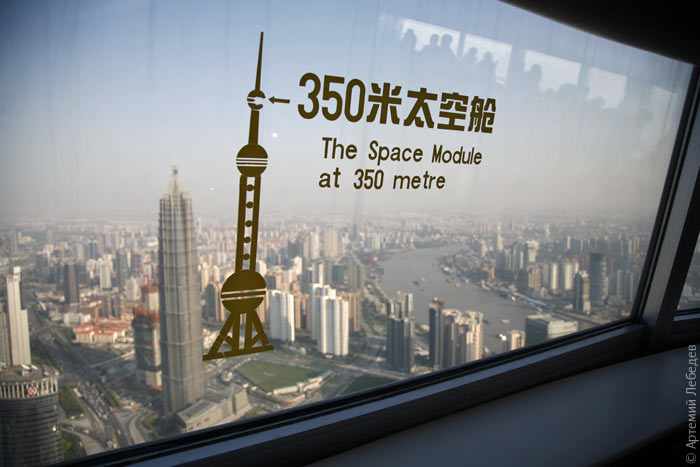 They’ve got an incredible garden here called Yu garden. For the very first time I understood why people tend their own gardens. A photo cannot convey the charm of the labyrinth, the paths, the pond, and the little houses. Having seen this place, all of those Japanese imperial gardens now look like simple mowed lawns. To be fair, Beijing’s temples also instantly paled in comparison. 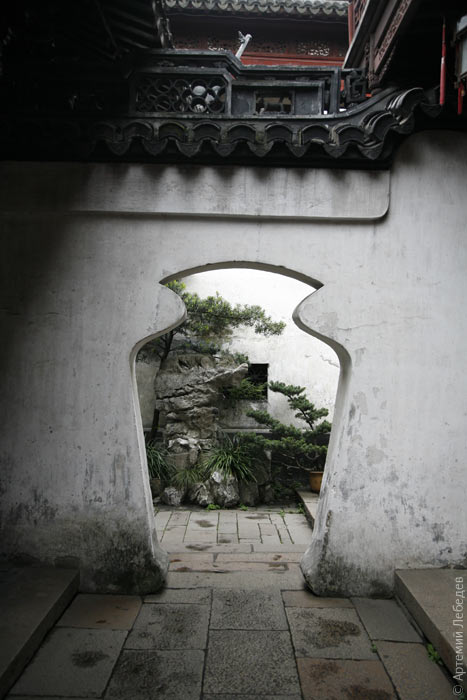 Barges go down the river at breakneck speed. Tourist boats dock by doing handbreak turns. Under the river there’s a tunnel with a video show on its walls, just so you don’t get bored during the three minutes you spend in the tunnel. 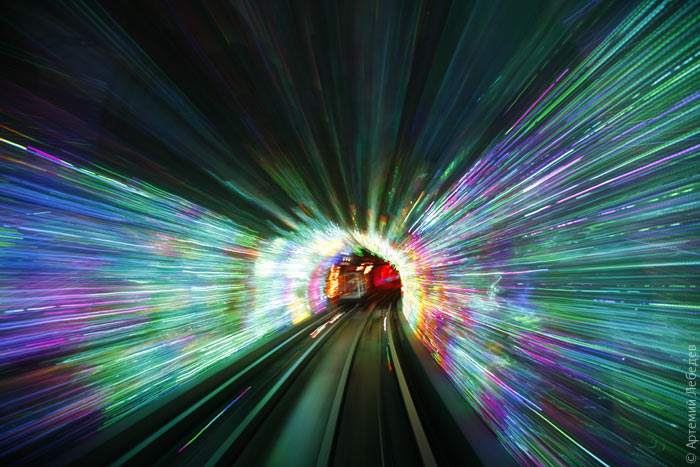 FoodSomeone once told me a bunch of horror stories about Chinese food. They eat worms, ants, mucus of some sort, or so the story went, and the only thing that’s really safe to consume here is water, and even then, it has to be the bottled kind. Utter tosh. The food here is endlessly delicious. And there’s so much of it that if you eat out at a restaurant alone, once you’re done there’ll still be two litres of soup, a kilo of rice, and enough food to feed about four people left over. All this for the amount you’d pay for a cup of tea and a pastry in Moscow. Or you can grab a bite in the street — for instance, get a partridge on a stick and walk around licking it.  Visual cultureChinese pictograms and signs are brilliant on account of the clear tracing of details. 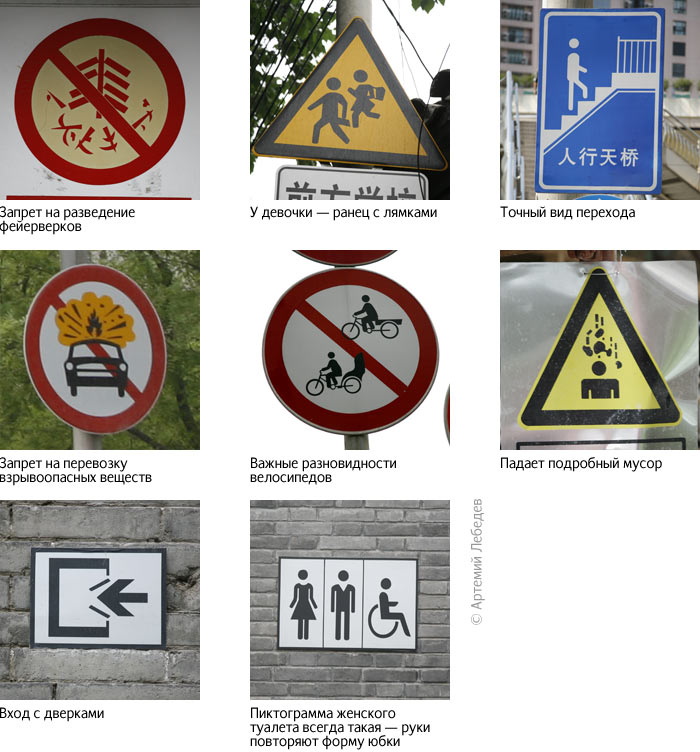
No breeding fireworks The Chinese have one problem — they don’t get the Latin alphabet, just like we don’t understand Chinese characters. Also, the Chinese are missing the organ responsible for all sense of proportion. It would be bearable if this only affected portion sizes. But the Chinese stretch photos as they see fit — for them the image will be perfectly acceptable regardless of how distorted it is. 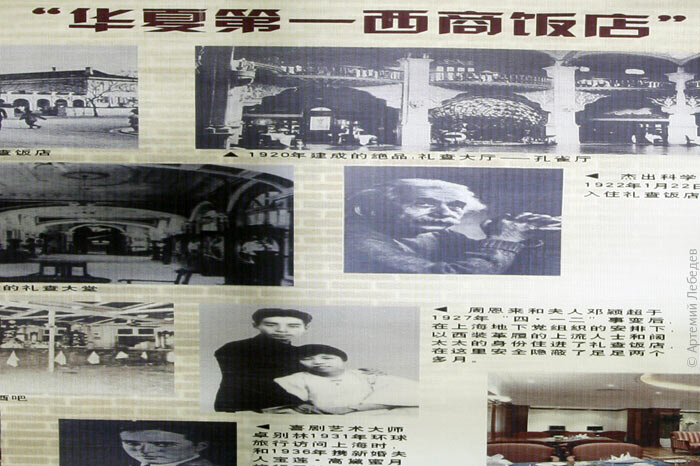 You might also run into trouble following the signage to get around. Thankfully, in the big cities almost all of the signs also appear in English. 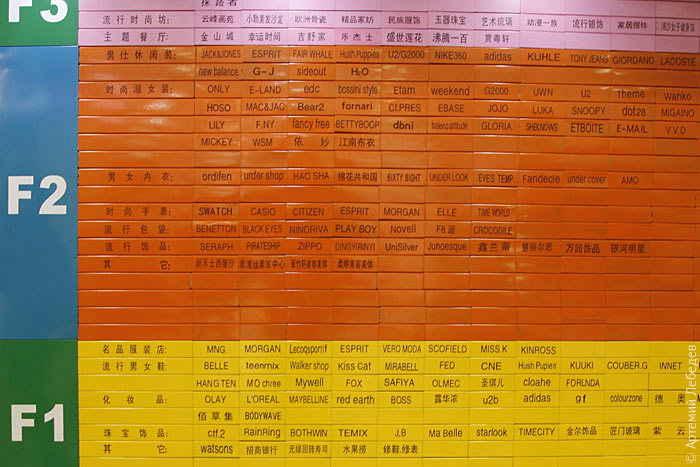 The English on this packet of insoles is just as funny as the Russian (“the foot is the root of your health” etc.). 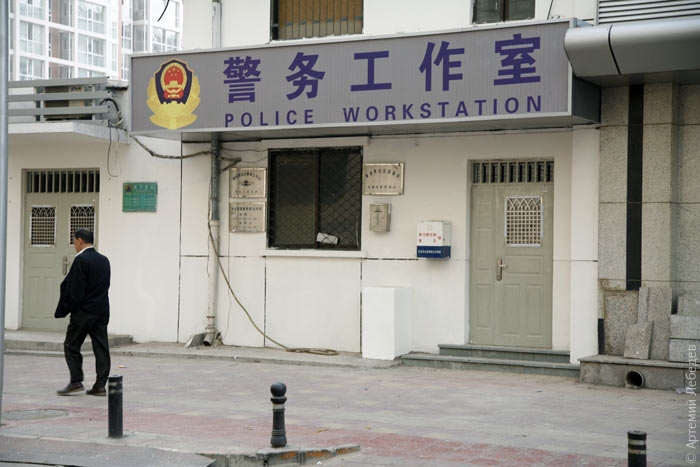 Air conditioners are used not so much for cooling in the summer as for heating during the winter months. They’re practically everywhere. It might come as a surprise that local architects have noticed this hideousness, so new housing is built in such a way that everyone can hang their outside units in the exact same spot. Thus the facades aren’t disfigured like this dated high-rise is: 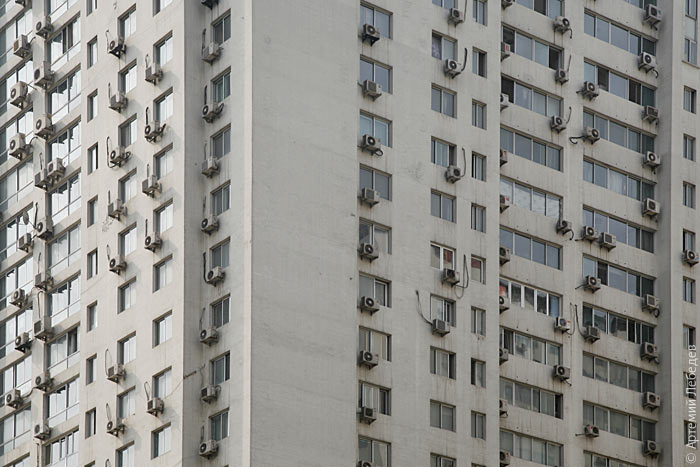 Policemen here look very strict, fit, and well-equipped. I would go so far as to say American-style. This one’s merely a guard.  You also come across these magical signs stating the level of traffic congestion on nearby roads. (Strictly speaking, there shouldn’t be any congestion under communism). 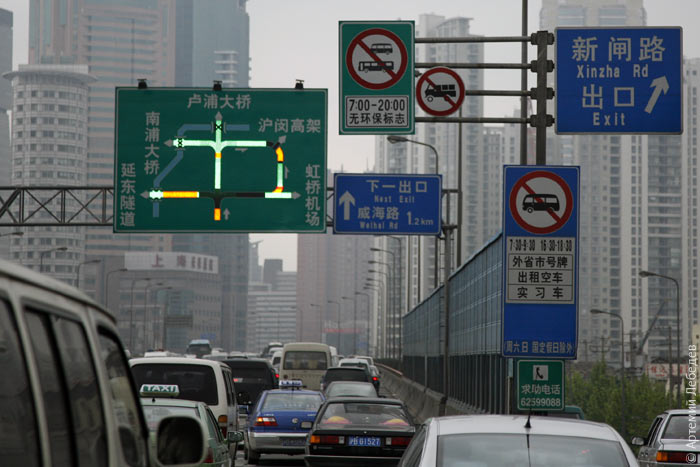 Vivid propaganda urging people not to steal electrical cables. 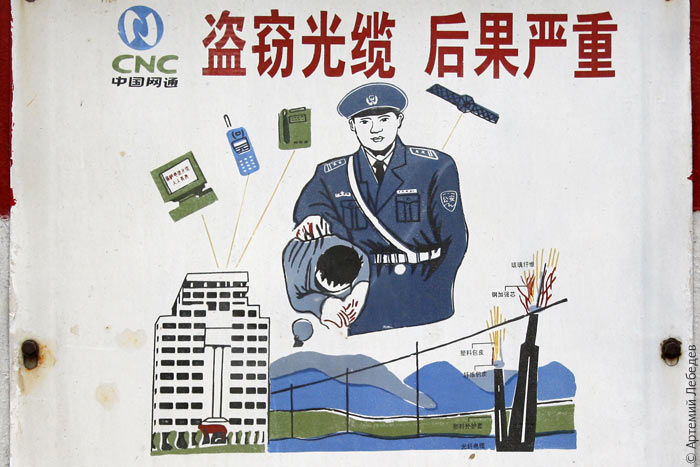 And yet the messages make eminent sense. Why don’t you ever see this sort of thing in Russia? “Metro is closed for repairs, but the theatre remains open”. 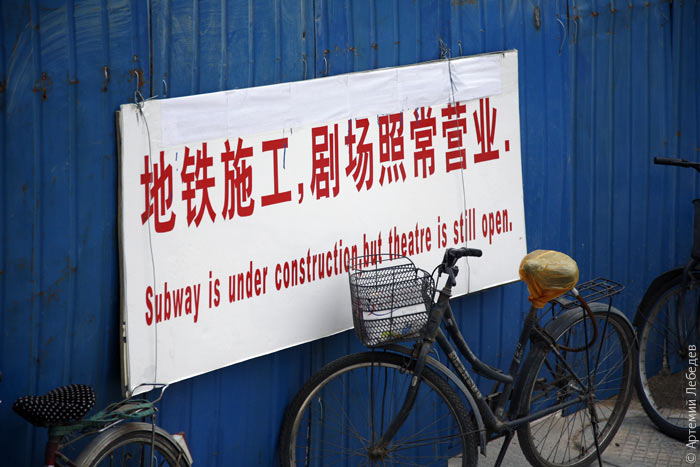 TransportI travelled from Beijing to Xi’an in a regular four-berth sleeper. The carriages are immaculate. There’s a rubbish bin in each compartment. There aren’t any doors between the carriages. Corrugated pipe connects them, leading to an unlit, slippery juncture where people go to take a leak when the train stops. There’s an “Eastern-style” toilet on one side of the carriage, a European one on the other. The toilets work on demand, because there’s no pipe pointing in the direction of peasants and allotment gardeners waiting for their trains. There’s a LCD TV by the feet of every passenger, the train manager hands out headphones. Plus the sheets aren’t damp. What I’ve described is an ordinary train, nothing like the shitty Nikolaevsky express, which costs as much as a plane ticket, but has none of the things listed above, nor are there any plans to install any of them (alright, alright, I concede an Eastern-style crapper isn’t necessary). There are lots of locally produced cars here. And even more Western ones, also manufactured locally. All of the well-known brands have been given a similar-sounding name in Chinese. Characters are on the left side, Latin letters are in their usual place. 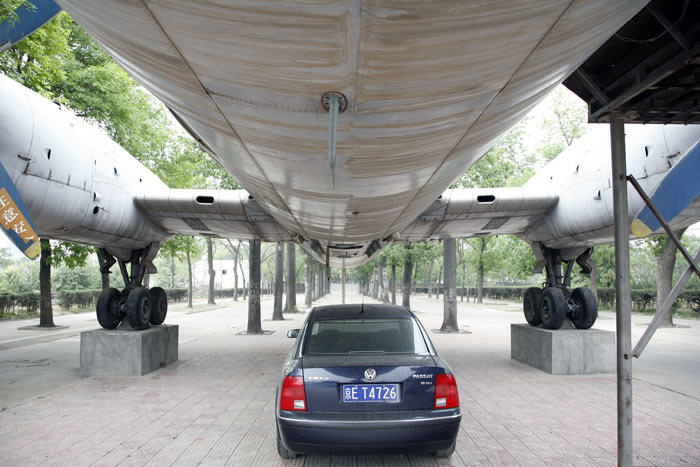 The main mode of road transportation is the horn. The streets sound exactly like they do in Soviet films from the 1950s — everyone honks their horn at every opportunity. That’s why the “no honking” signs actually serve a purpose and you come across them constantly. 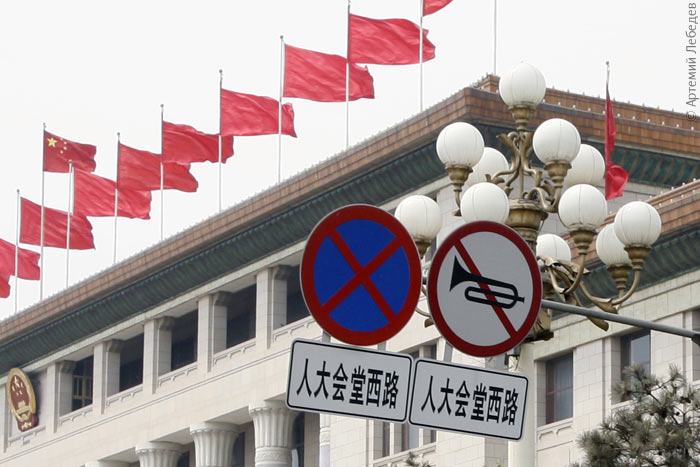 Almost all of the cars have tinted windows. Tinting your windscreen in its entirety is outlawed — that’s why the 15 centimetres next to the rearview mirror are always transparent. 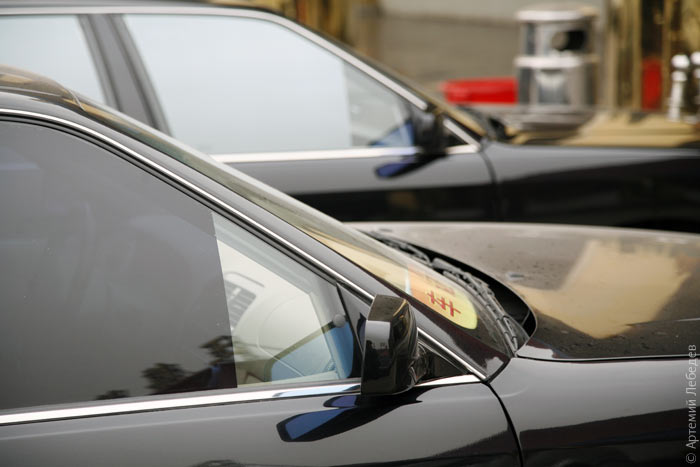 There are separate roads and separated lanes for those who don’t have a car, but do own wheels.  From time to time you see people wearing gauze face masks. They’ve fallen victim to news of bird flu. 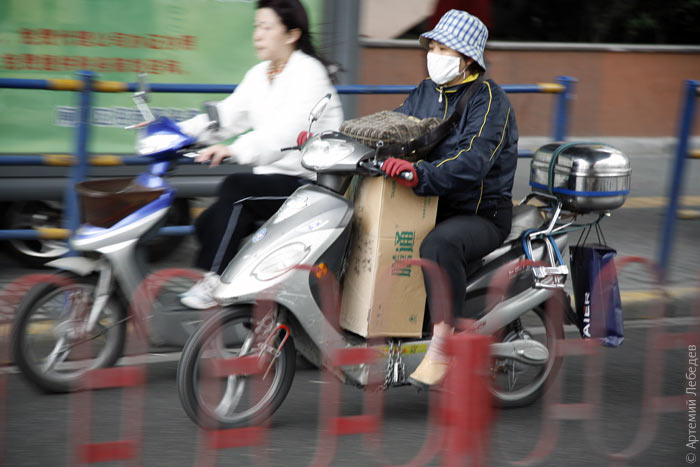 DetailsThis is roughly what was I expecting from China before my trip: 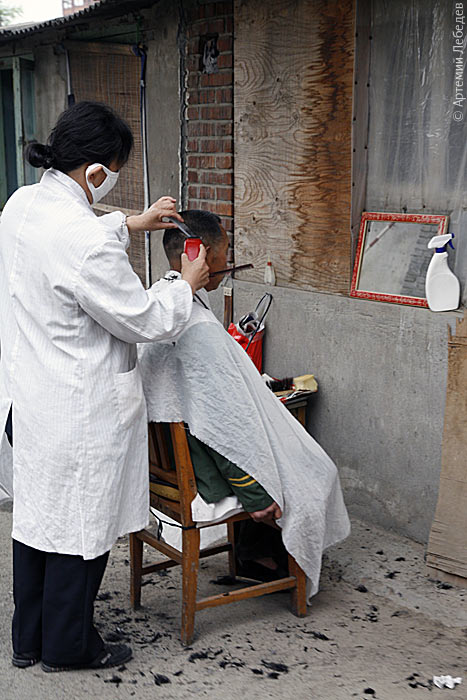 The local cripples also have to be vivid, as if they’d jumped off the pages of a book. 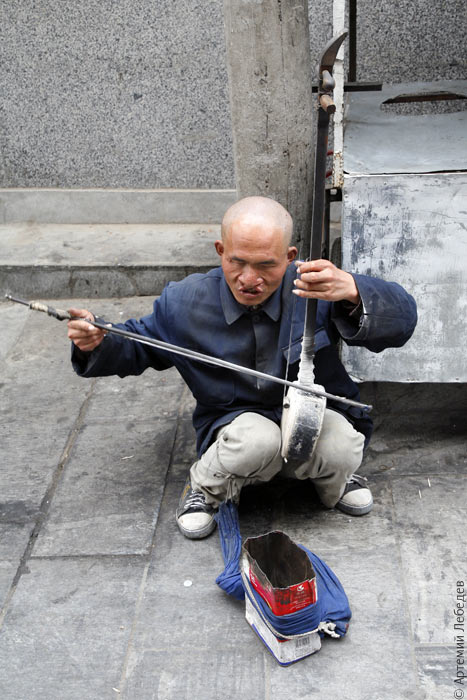 But that’s not the most important part. To my great surprise, the Chinese turned out to be well rounded individuals. First of all, they’re tall. They drive around in SUVs, their roads are normal width, their houses regular-size.  Second, I certainly didn’t expect salespeople to be as spirited as they are in the Middle East. Traders here are very tenacious and haggling with them was great fun. 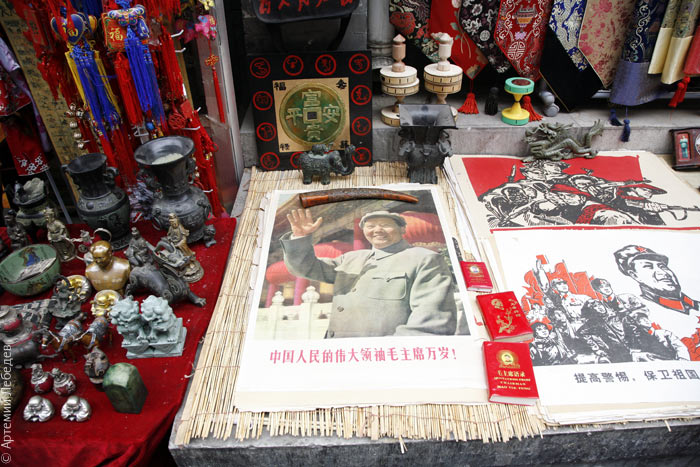 Third, I was astounded by the Chinese desire to demonstrate how some random piece of crap gets produced from the very beginning. For example, a tour of a silk spinning mill begins with live silkworms munching on leaves. Then they show you the cocoons, then a real silk spinning machine, and by the exit there’ll be an Ikea-sized store where you’ll be shown the end result of all those silkworms gorging themselves on leaves. If a factory produces river pearls, they’ll prise open a mussel for you and shake some pearls out of it as you enter. In a tea shop you’ll be served tea. It’s the same deal at the calligraphy store. A calligrapher sits churning out beautiful pieces that will end up gathering dust in a drawer. I decided to commission a work of calligraphy for my bedroom wall. I thought long and hard about what I’d like the calligrapher to write. Five-odd people gathered round, they brewed up some tea. I said to them: — Please write the words “bedroom wall” for me. However, all Chinese calligraphy is steeped in poetry. A great deal of head-scratching ensued. They asked me: — Perhaps what you meant was that we should write “sleeping tiger”? I had to stand my ground. 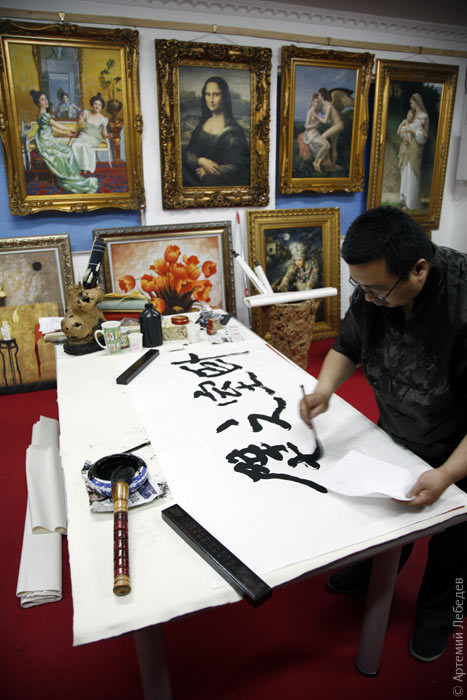 In Shanghai a magnetic levitation train takes you from the city to the airport. 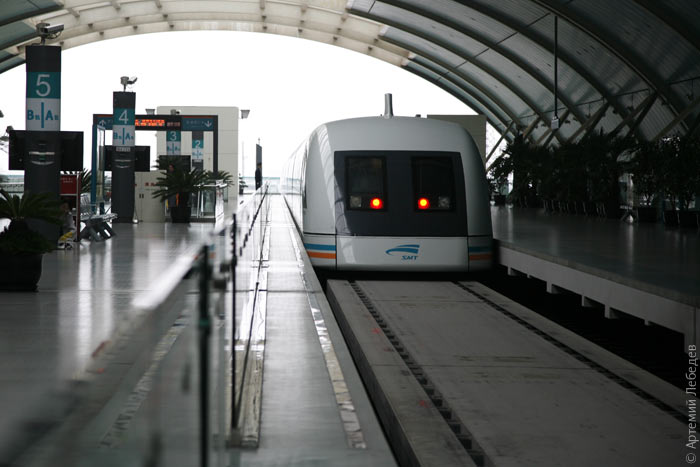 Train not calling at the commune. 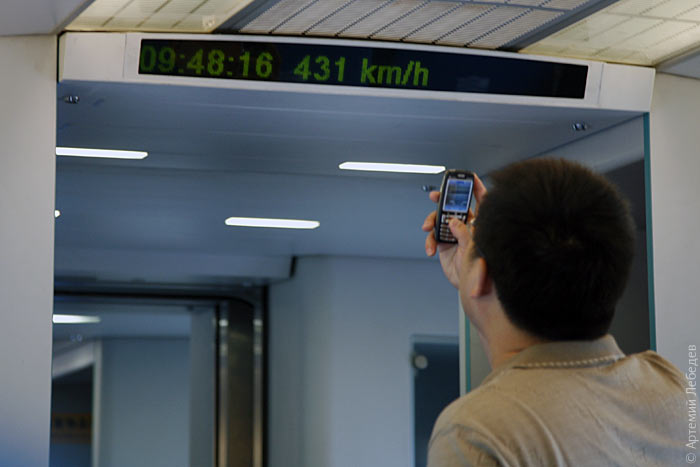 |